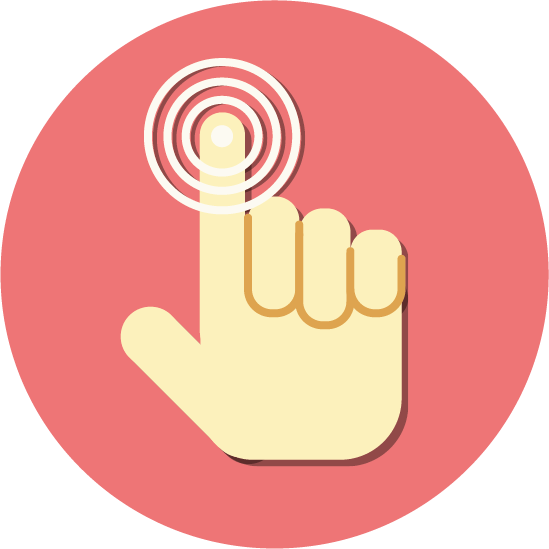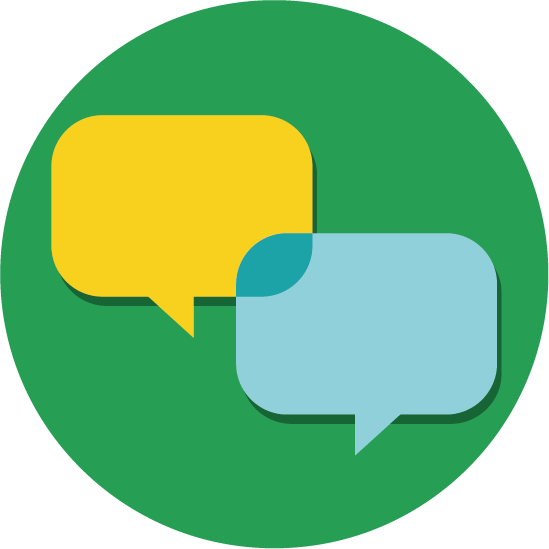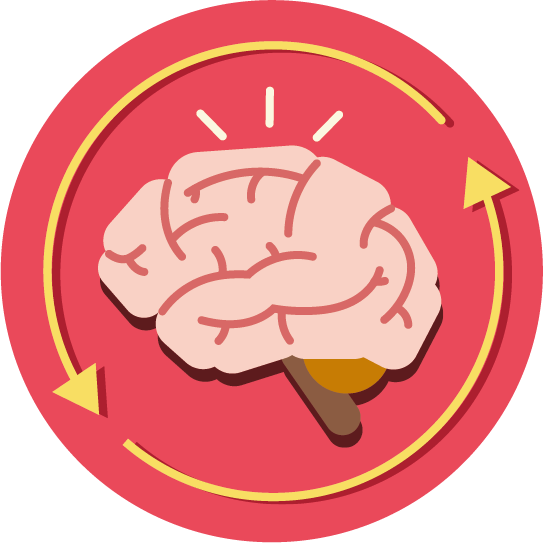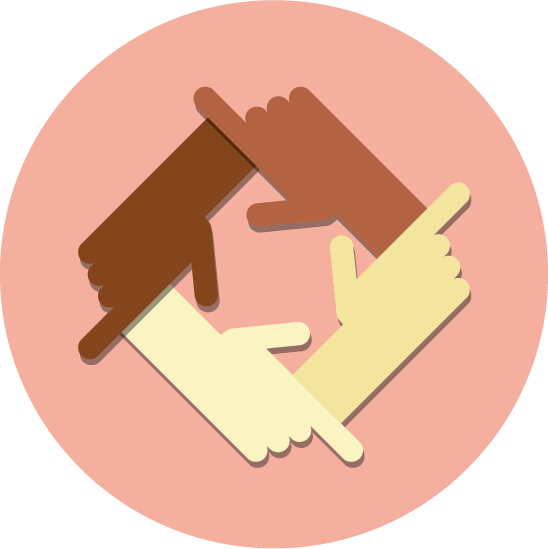
Digital competence involves the confident, critical and responsible use of, and engagement with digital technologies for learning, working, and for participation in society.
It includes an understanding of being a digital citizen as well as security, privacy, intellectual property, problem-solving and computational thinking.

Literacy competence is the ability to identify, understand, express, create and interpret concepts, feelings, facts and opinions in both oral and written forms, using visual, sound/audio and digital materials across disciplines and contexts.
It also involves the ability to use critical thinking to develop personal opinions, analyze messages and identify disinformation.
Personal, social and learn to learn competence

Personal, social and learning to learn competence is the ability to reflect to understand and accept oneself and promote continual personal growth, effectively manage time and information, work with others in a constructive way, remain resilient and manage one’s own learning and career.
It involves contributing to the physical, mental and emotional well-being of others and dealing with conflicts with empathy and support.
Cultural
awareness
and expression
competence

Competence in cultural awareness and expression involves understanding and respecting the importance of diversity and how ideas and meaning are creatively expressed and communicated in different cultures through a range of arts and other cultural forms.
1. Make a list of the aspects of Roman culture and history that have left a lasting impression.
Remember the things you have learnt about their engineering, literature, religion or art.
2. Work with your group to plan, prepare, and film a video documentary with your findings. Explain:
- Why you chose each aspect and why you think it has been influential.
- Is it still important today or was it only important in the past?
3. Be sure to organise your video and plan in advance. Can you make it funny or surprising to keep your audience's attention? Maybe you want to make your documentary like a funny TV commercial, or put another spin on it!
Hint: Consider recording the audio for your video separately so you can be heard clearly and edit the content. There are many video editing apps available, so make your video as professional as possible.
Etc., short for Et cetera, means “and others” in Latin.